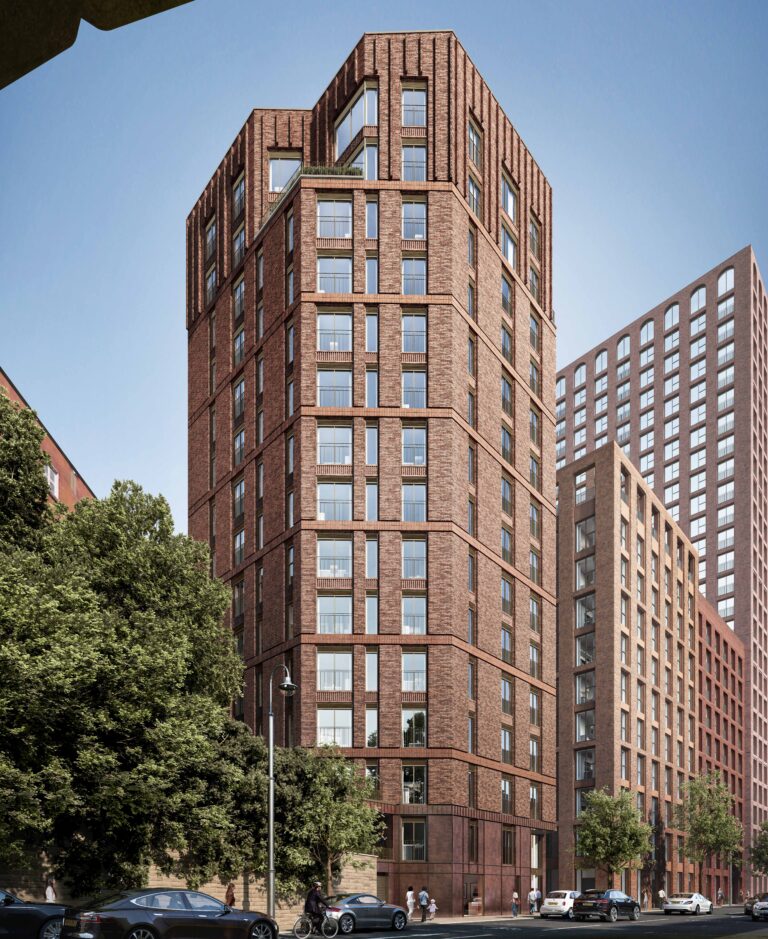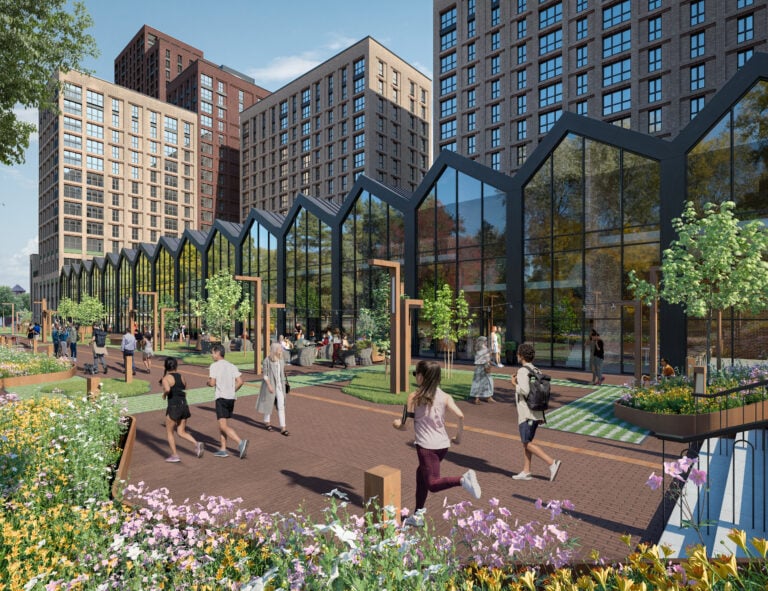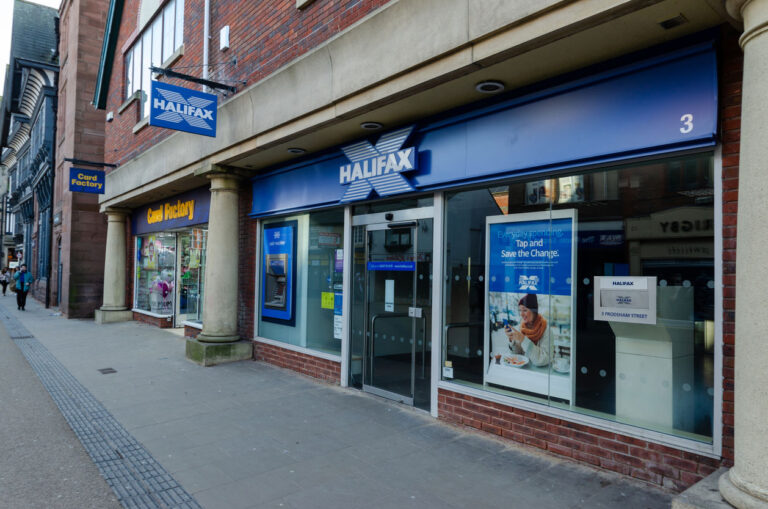Despite higher stamp duty costs and tighter regulations, a new generation of property investors is transforming Britain’s rental market, with those born between 1981 and 1996 now accounting for half of all new buy-to-let company formations.
Analysis by estate agents, Hamptons, reveals that this younger generation now represents a record 50% of shareholders in new buy-to-let limited companies established during 2025, marking the first time this age group has reached such a level of dominance. Based on current trends, an estimated 33,395 new buy-to-let companies will be set up by these investors this year, more than double the 2020 figure.
The shift represents a generational changing of the guard in property investment. Five years ago, this same demographic accounted for just 40% of new buy-to-let shareholders, while shareholders under 50 now comprise 75% of new company formations, up from 68% a decade ago.
In contrast, Baby Boomers, who are now in their 60s and 70s, are increasingly winding down their portfolios rather than establishing new investments, with Generation Z incorporations overtaking them for the first time this year.
Regional concentration drives investment activity
There have also been some significant geographical shifts. Nationally, landlords accounted for 11.3% of home purchases during the third quarter of 2025, virtually unchanged from 11.2% in the same period last year, despite the stamp duty surcharge increasing from 3% to 5%.
However, investor activity is increasingly concentrated outside of southern England. London, the South East, South West and East of England together accounted for just 34% of investor purchases in the third quarter, compared to the 50% that was recorded as recently as 2016.
In London, landlords bought only 8.0% of homes sold during the third quarter—the lowest figure since the third quarter of 2020. Similar patterns have emerged in the South West at 8.1% and the East of England at 8.2%.
The North East currently has the strongest investor market, where landlords accounted for 28.4% of purchases during the third quarter, which is more than triple London’s rate. And it has exceeded 20% in nine of the last 10 years, as a result of lower property prices that are partially offsetting stamp duty impacts alongside higher yields.
Rental growth turns negative for new tenancies
At the same time as these changes are occurring, average rents for newly let homes fell 0.3% over the year to September 2025, dropping £4 per month from £1,402 to £1,398. This is in stark contrast to the 4.2% annual growth recorded 12 months earlier.
London drove the slowdown, with rents falling 2.7% or £65 per month. Inner London experienced a steeper 4.6% decline, bringing average rents to £2,766 per month—£165 below the October 2024 peak.
However, it’s a completely different story for existing tenancies, whose rents were up by 4.6% over the past year to £1,307 per month and surpassing the £1,300 mark for the first time.
Aneisha Beveridge, head of research at Hamptons, says the data demonstrates how regulatory changes and tax pressures are reshaping landlord activity rather than eliminating it.
And from a geographical perspective, the current market favours regions where property prices remain accessible and rental demand stays robust, especially in the Midlands and the North.
If you’re looking for a property investment opportunity, all you need to do is get in touch with us here at BuyAssociation.










